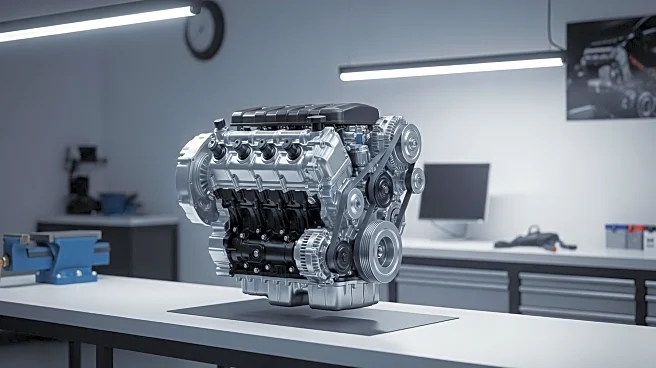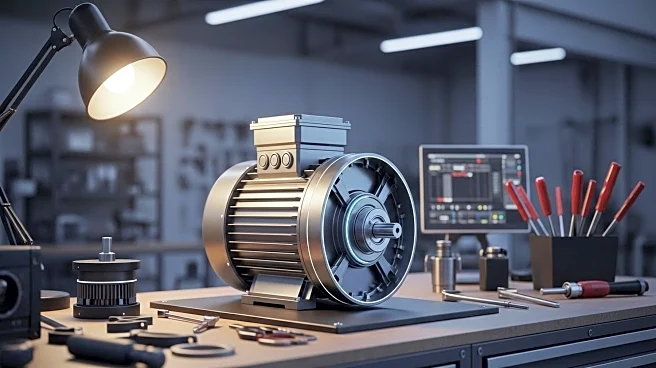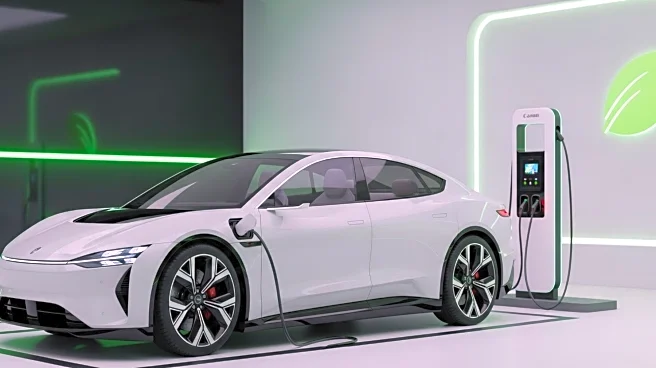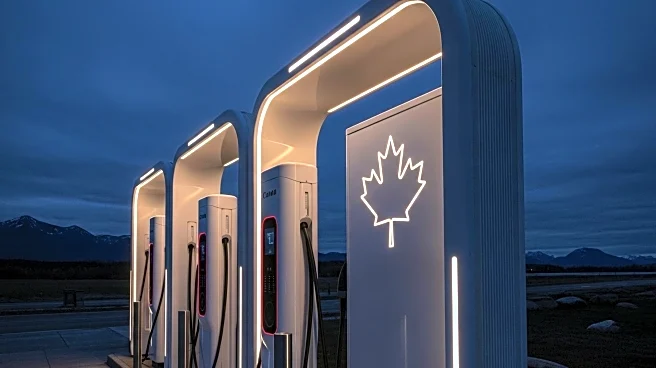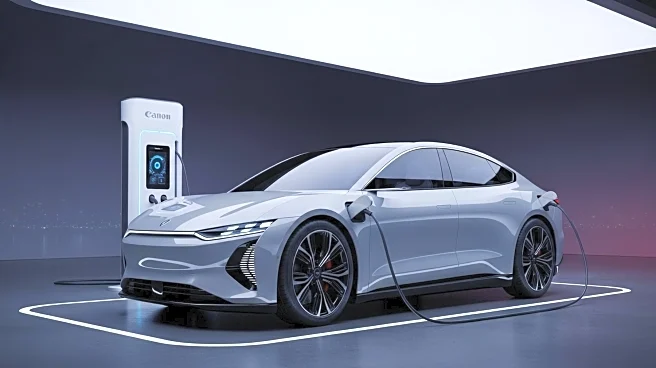What's Happening?
Horse Powertrain, a joint venture between Renault and Geely, has unveiled the C15 compact engine designed for retrofitting into existing battery electric vehicle (BEV) platforms. This innovative engine integrates an engine, generator, and inverter into a compact unit, allowing original equipment manufacturers (OEMs) to convert BEV platforms into range-extended electric vehicles (REEVs) with minimal modifications. The C15 engine is small enough to fit within the dimensions of a briefcase, measuring 19.7 x 21.7 x 11 inches. It is designed to comply with Euro 7 standards and can run on various fuels, including gasoline, ethanol, methanol, and synthetic fuels. The engine aims to address charging anxiety among consumers by maintaining the battery charge level, potentially allowing manufacturers to use smaller batteries and reduce vehicle costs.
Why It's Important?
The introduction of the C15 engine by Horse Powertrain represents a significant development in the electric vehicle industry, particularly in the context of fluctuating government policies and market dynamics. As demand for electric vehicles faces challenges, such as the recent reduction in EV mandates in Canada and the end of federal tax incentives in the U.S., the C15 offers a flexible solution for manufacturers to adapt their product lines. This could lead to increased adoption of range-extended EVs, providing consumers with more affordable options and alleviating concerns about charging infrastructure. The C15's ability to run on multiple fuel types also positions it as a versatile option for global markets, potentially boosting sales and supporting the transition to cleaner transportation.
What's Next?
Horse Powertrain plans to showcase the C15 engine at the IAA auto show in Munich, providing an opportunity for industry stakeholders to evaluate its potential. As OEMs consider integrating the C15 into their existing platforms, the market may see a shift towards more hybrid and range-extended vehicles. This could influence future government policies and consumer preferences, as manufacturers seek to balance the benefits of electric vehicles with practical considerations like cost and infrastructure. The success of the C15 could also encourage further innovation in compact engine technology, driving advancements in the EV sector.
Beyond the Headlines
The C15 engine's introduction highlights the ongoing debate between fully electric and hybrid vehicle technologies. While some manufacturers have committed to all-electric platforms, others are exploring hybrid solutions to navigate uncertain market conditions. This development underscores the importance of flexibility in automotive design, allowing companies to adapt to changing consumer demands and regulatory environments. The C15's compact design and fuel versatility may also prompt discussions about the environmental impact of hybrid vehicles compared to traditional combustion engines.
